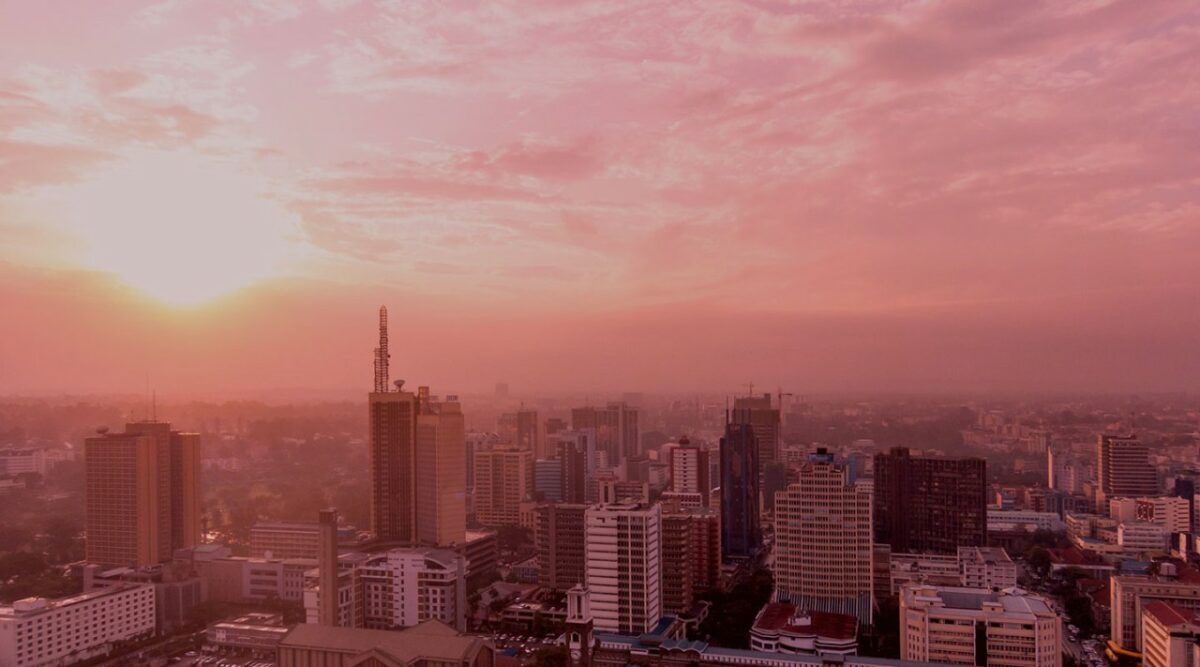By Dr Reaan Immelman, Head: Education Delivery
According to Stats SA, 63.4% of South Africa’s unemployed people are between the ages of 15 and 34, and more than half of South Africa’s youth say that they don’t have the financial means to pay for tertiary tuition. Eighteen percent of 18-24 year olds say that they don’t attend any form of post-matric education because their poor school level performance prevents them from participating.[1]
It’s clear: the burden of South Africa’s heart-breaking unemployment rate rests on young people.
And despite data from 2018 indicating that the number of graduates from public universities more than doubled from 2000 to 2016, the sector still faces challenges in poor completion rates, or longer than usual study terms, with some students taking up to six years to complete a three-year qualification.
Furthermore, many school leavers and graduates lack the essential skills required to participate in a formal working environment, while others, who could potentially become entrepreneurs and employers themselves, don’t have the knowledge or insights into how to kickstart their own futures.
In its commentary on youth unemployment figures for the first quarter of 2019, Stats SA noted that ‘graduate unemployment is still lower than the rate among those with other educational levels, meaning that education is still the key to these young people’s prospects improving in the South African labour market’. [2]
Government is working hard to address challenges in the system, with Basic Education Minister Angie Motshekga noting earlier this year that the Department’s focus is on re-engineering the system to be faster and smarter, including compulsory early childhood development, decolonising education, and adding new subjects in response to the fourth industrial revolution, such as coding and robotics.[3]
While Government’s commitment to free education has welcomed many more students into tertiary education at universities and technical vocational education and training (TVET) institutions, this is only available to households that earn less than R350,000 per year. Families that earn more than that are expected to pay fees – but many of these are not eligible for study loans, and cannot afford tuition fees despite being in a higher income bracket.
With the poorest of the poor being looked after by government, and wealthy families able to afford to send their children to their tertiary institution of choice, it’s this ‘missing middle’ of families with an income of between R350,000 and R1 million per year that need external support if they are to avoid adding even further to unemployment statistics.
Any engagements that intend to make it possible to bridge the gap between education and the world of work must be grounded in an appreciation that a comprehensive approach to tackling these challenges must focus both on supporting learners’ access to education, as well as supporting the administrators and institutions that deliver it.
Contributing to systemic structural change in the education eco-system can be achieved by creating platforms to address knowledge gaps, providing opportunities to increase the employability prospects of young people, and supporting institutions and administrators with technical assistance to improve the delivery of quality education.
This can be done through a range of collaborations that focus on education delivery, education reform, strategic engagements and thought leadership, and colleague engagements.
Adopting a global view of addressing unemployment has made some offerings available to users further afield than South Africa. For example, the Ready to Work platform issued globally, and provides learning material that will help young people develop work skills, people skills, money skills and entrepreneurial skills. Young people can select their own learning pathway depending on individual needs and complete the learning online using computer, tablet or mobile platforms. The programme has been immensely popular, with close on 200,000 people having completed modules since 2017.
With critical thinking being a vital skill in the workplace, partnering with Tshimong to roll out the National High School Debating Challenge, supported by a podcast on Cliff Central, has given learners across the country an introduction to this platform.
A key element of employment – and even managing unemployment – is financial literacy. Partnering with accredited training companies across the country to offer face-to-face consumer financial education interventions are appreciated by all beneficiaries. Partnerships with the ASISA Foundation Trust, specifically in the TVET college sector, assisted students to be more moneywise.
A partnership with the Gordon Institute of Business Science gives high school learners a platform to define and voice their vision for South Africa, and includes activities where learners can engage with policymakers and peers about issues that define the country’s future.
Collaborating with the Department of Basic Education and the Maharishi Education for Invincibility Trust has made the delivery of the department’s employability, entrepreneurship and education (E-cubed) programme to 2,000 learners possible, with the hope of inspiring every single one of them to complete school, study further, or even to start their own businesses.
Also collaborating specifically with the Gauteng Department of Education in its Schools of Specialisation programme means that these schools will be able to offer specialised curricula, improving learners’ skills and chances of employment.
These are in addition to scholarship programmes that give access to tertiary education to students that would otherwise be excluded from these life-changing opportunities. Scholarships for 50 of the Mandela 100 Scholars to attend the African Leadership University (ALU) in Rwanda are also part of a global approach to resolving access to education and employment, with a particular focus on empowering women.
Good corporate citizenship means making – and keeping – a social promise to be an active force for good across all communities in which a business operates, making it possible for people to access the tools they need to change their circumstances and become active in the workforce. At a time when youth unemployment is one of the biggest threats facing our young democracy, there simply is no other choice to make.
[1] https://www.southafricanmi.com/education-statistics.html
[2] http://www.statssa.gov.za/?p=12121
[3] https://businesstech.co.za/news/government/350805/the-big-changes-coming-to-south-african-schools/
.png)
.png)
.png)
.png)
.png)
.png)
.png)

.png)
.png)



